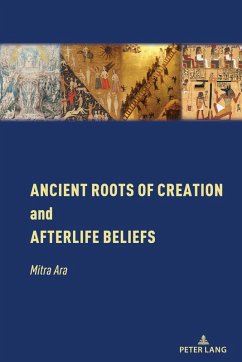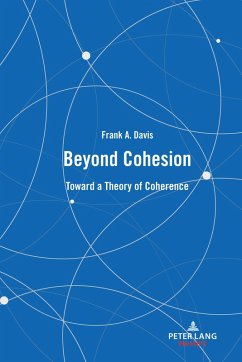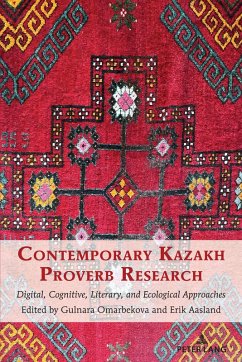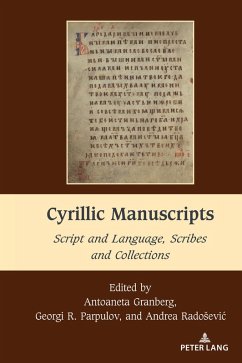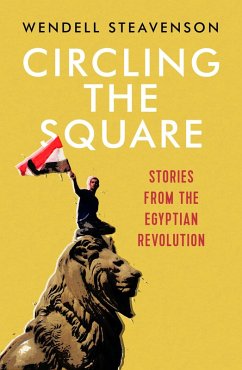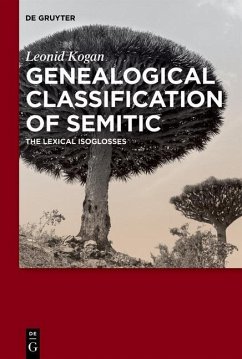
Ancient Roots of Creation and Afterlife Beliefs (eBook, ePUB)
Versandkostenfrei!
Sofort per Download lieferbar
Statt: 84,95 €**
70,95 €
inkl. MwSt.
**Preis der gedruckten Ausgabe (Gebundenes Buch)
Alle Infos zum eBook verschenkenWeitere Ausgaben:

PAYBACK Punkte
35 °P sammeln!
Interdisciplinary and cross-cultural research, aided by linguistics, archaeology, and prehistoric and historic data, provides a view of sacred and secular life in ancient times. In every Near Eastern and Indo-Iranian religion there was a belief in an orderly cosmos and society which could be troubled by an unorderly force. The social and political aspects of a society were organized and maintained by that cosmic order, and interpreted and reinforced by the religious authorities and heads of states. The cosmogonic and eschatological myths are reinforced in a society in the same manner. They jus...
Interdisciplinary and cross-cultural research, aided by linguistics, archaeology, and prehistoric and historic data, provides a view of sacred and secular life in ancient times. In every Near Eastern and Indo-Iranian religion there was a belief in an orderly cosmos and society which could be troubled by an unorderly force. The social and political aspects of a society were organized and maintained by that cosmic order, and interpreted and reinforced by the religious authorities and heads of states. The cosmogonic and eschatological myths are reinforced in a society in the same manner. They justify the process of the creation and also the ensuing historical chronicles as understood by a society. Since the creation and beginning of everything are experienced and not historically documented, they are categorized as mythical. As an example, in Judaism, Christianity, and Islam, the doctrine of creation is solely based on the Book of Genesis; consequently, the religious concepts and theories regarding creation and humanity are constructed on the very same creation story. This book explores the religions of the Ancient Near East and their branches to explain their Semitic and Indo-European roots, their reverence for order and fear of chaos, heavenly rewards and unheavenly retributions, judgment and punishment, and their perspectives on death and the afterlife.
Dieser Download kann aus rechtlichen Gründen nur mit Rechnungsadresse in A, D ausgeliefert werden.




